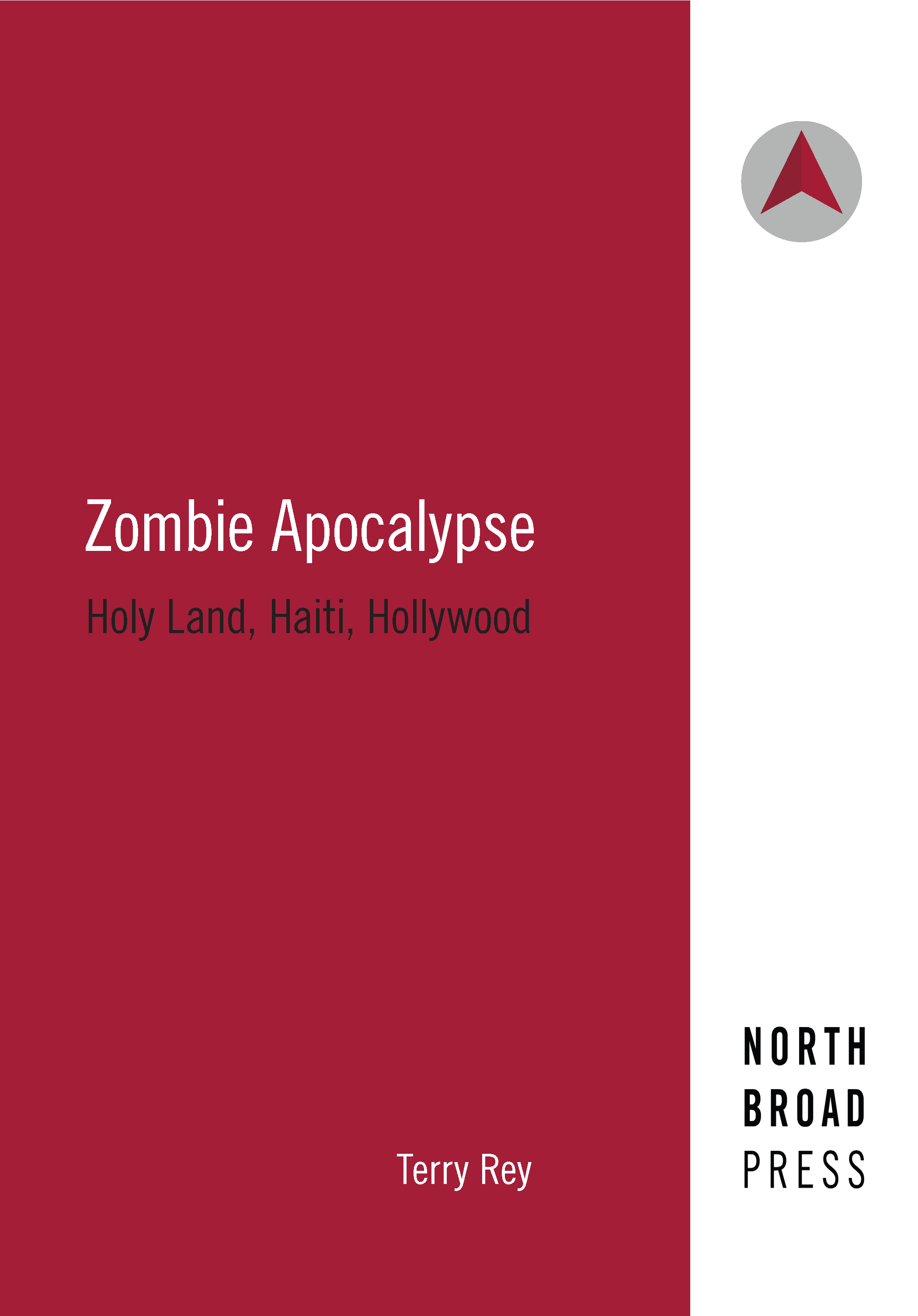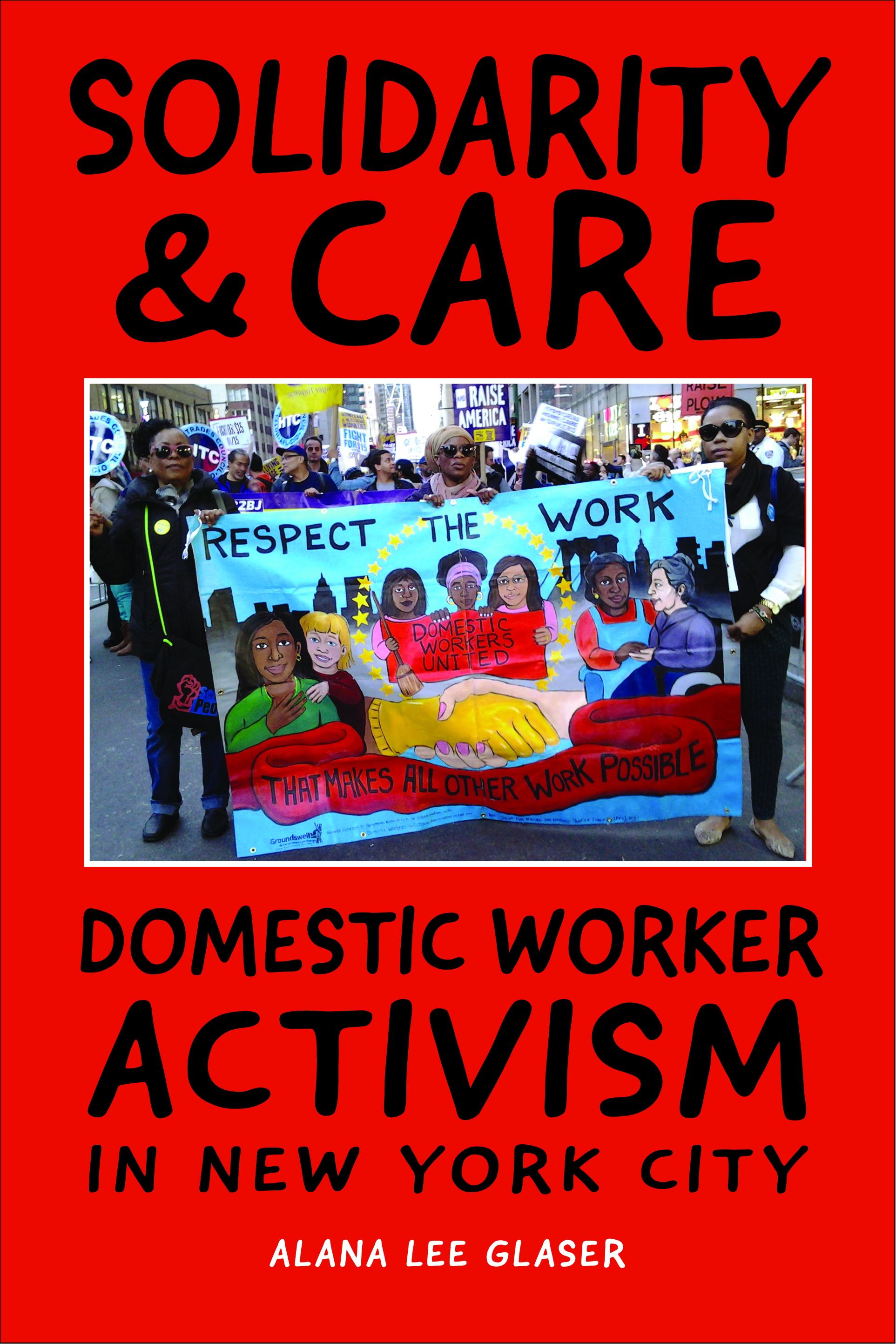This week in North Philly Notes, the staff at Temple University Press close out 2022 by suggesting the Temple University Press books they would give along with some non-Temple University Press titles they hope to receive and read this holiday season.




Mary Rose Muccie, Director
Give: For better or worse, athletes are looked up to and can serve as role models, especially for young people. David Steele’s It Was Always a Choice: Picking Up the Baton of Athlete Activism provides examples of and inspiration for today’s athletes and those who admire them to stand up against political, social, and racial injustice and is a book I’d give to several people on my list.
Get: Years ago, I assigned freelance indexers to and edited indexes for medical and nursing reference and textbooks. Indexing software was just taking off and it was both an exciting and challenging time to be an indexer. Our conversations as they wrote detailed indexes gave me a window into how to analyze content and think like a reader to create a map of a book. It’s truly a craft, one that Dennis Duncan pays homage to in Index, A History of the: A Bookish Adventure From Medieval Manuscripts to the Digital Age. I hope to get it and travel back to those days.
Karen Baker, Associate Director, Financial Manager
Give: I would give The Mouse Who Played Football by Brian Westbrook Sr. and Lesley Van Arsdall to my grandson, because you are never too young to start reading!
Get: I would like to receive Born a Crime: Stories from a South African Childhood by Trevor Noah, because I really like his comedy and I think his back-story would be interesting.
Aaron Javsicas, Editor-in-Chief
Give: Beethoven in Beijing: Stories from the Philadelphia Orchestra’s Historic Journey to China, by Jennifer Lin. I’ve never published a book quite like this. It offers a unique blend of oral history, photography, and reportage to tell a fascinating story at the intersection of culture and international relations, a global tale yet also one of particular relevance to Philadelphians. It’s an elegant, beautifully designed, and highly giftable book.
Get: One Day: The Extraordinary Story of an Ordinary 24 Hours in America, by Gene Weingarten. Generally I don’t go for gimmicks, and yes, this concept — ask strangers to choose a random day from a hat, and then write about it — could certainly be described as a gimmick. But it sounds like Pulitzer Prize-winning reporter Gene Weingarten really made it work. The day is Sunday, December 28, 1986. Let’s see… I was probably baking a cake in my new Easy-Bake oven. Will have to check the index to see if that event made it in.




Shaun Vigil, Editor
Give: The opportunity to publish memoir is a particular joy of my list, and this year I had the pleasure of working with George Uba on his provocative, poetic, and deeply moving Water Thicker Than Blood: A Memoir of a Post-Internment Childhood. Uba’s is a rare book that simultaneously offers vital scholarship and an emotionally resonant narrative. I’ll certainly be sharing it with others this season and many others into the future.
Get: In keeping with the memoir theme, I’m looking forward to reading through Margo Price’s Maybe We’ll Make It: A Memoir while taking some time away from my desk this holiday. Musicians’ memoirs are a particular interest of mine, and Price has been a mainstay on my turntable since I came across her first album. The fact that it is published by a fellow university press makes it all the more exciting!
Ryan Mulligan, Editor
Give: Passing for Perfect, by erin Khuê Ninh. Have you seen that book trailer?
Get: Trust, by Hernan Diaz- Give me a book where the “great men” view of history is only one of several unreliable perspectives and I can bounce them off each other and I’m intrigued
Will Forrest, Rights and Contracts Coordinator/Editorial Assistant
Give: Richard III’s Bodies from Medieval England to Modernity. This is a fascinating look at Shakespeare’s classic play through the lens of disability studies and how perceptions of Richard’s disability have changed over the centuries. My favorite part of the book is the extensive research into historical productions of the play, looking at how actors over the years have interpreted the character and reimagined it for themselves.
Get: I would love to get Four of the Three Musketeers: The Marx Brothers on Stage by Robert Bader. This book looks at the history of the Marx Brothers’s time on the vaudeville circuit, before they made any of their classic movies. I love old American theatre history and I love the Marx Brothers, so this book is right up my alley!
Ann-Marie Anderson, Marketing Director
I would give a copy of The Real Philadelphia Book by Jazz Bridge to every musician friend to experience “all that jazz” from the more than 200 compositions by Philadelphia musicians.
Continuing on my theme of amassing not just cookbooks with recipes, I hope to get Ghetto Gastro Presents Black Power Kitchen, which has been described by Publishers Weekly as one of the Top 10 Cooking & Food Books for Fall 2022.




Irene Imperio, Advertising and Promotions Manager
Give: Exploring Philly Nature, a fun book for getting outside no matter the season, love the tips to engage children onsite and references for the curious investigators.
Get: The Murder of Mr. Wickham as I love a Jane Austen/mystery combo!
Kate Nichols, Art Manager
Give: Monument Lab: Creative Speculations for Philadelphia, edited by Paul M. Farber and Ken Lum. Published in 2019, Monument Lab is the product of a “prescient” and massive undertaking, which examines Philadelphia’s existing and future public monuments. The book includes written contributions from scholars and artists, as well as photographs, documents, and a range of proposals from the city’s citizens. Temple Univerity Press is now beginning work on a companion edition that will address sites across the United States.
Get: Drawing on the Right Side of the Brain by Betty Edwards. The book makes the case that anyone can learn basic drawing—it is not about talent. With illustrations and side quotes throughout, Drawing on the Right Side of the Brain serves as a guide to learning/practicing drawing, and advocates its importance in visual perception and experiencing the world around us.
Ashley Petrucci, Senior Production Editor
Give: My Soul’s Been Psychedelicized, by Larry Magid and Robert Huber. I’ve been a bit on a music kick lately and also have friends who’d be interested in seeing some of the stunning photographs/posters from old Electric Factory shows.
Get: I’m just collecting Free Library of Philadelphia loans on my iPad to read over break, including The Two Towers, The Return of the King, Little Women, The Brothers Karamazov, Frankenstein, and Sapiens. I’m also finishing up The Feminine Mystique. It’s a bit of a daunting list for 10 days, but I’m ready!
Faith Ryan, Production Assistant
Give: The Health of the Commonwealth, by James Higgins, because I think it offers a very useful historical perspective on surviving epidemics in Pennsylvania. It’s a slim volume, but it covers a lot of ground and is chock-full of fascinating details (I especially liked all the information about women’s medical colleges in the 1800s).
Get: Ian Urbina’s The Outlaw Ocean: Journeys Across the Last Untamed Frontier. It’s been recommended to me by multiple family members, and despite my interest, I just haven’t gotten around to picking up a copy since it came out in 2019. But if it fell into my lap on Christmas morning, I know I’d spend all break tearing through it.




Alicia Pucci, Scholarly Communications Associate
Give: I’m giving my one friend (and fellow Tyler School of Art alum) Color Me…Cherry & White as the perfect Temple memento.
Get: The Winterthur Garden Guide, by Linda Eirhart. Plants make me happy and I’m always on the look-out for garden ideas and design inspiration. So, even though I currently live in a second-floor apartment where my only access to the outside is a small balcony, one can dream and live vicariously through the colorful pages of this book.
Gary Kramer, Publicity Manager
Give: I’m giving my spouse (the politico in the family) a copy of Reforming Philadelphia, 1682-2022, because it provides a short but comprehensive history of the city we love.
Get: Life As It Is, by Nelson Rodrigues. I just heard about this author, who is famous in Brazil but practically unknown in the U.S. This is a collection of his stories, and I am a huge fan of short stories and Latin American literature, so all my Venn Diagrams overlap!
Jenny Pierce, Head of Research, Education and Outreach Services at Temple University’s Health Sciences Libraries at just loves to give and give and give.
One friend who loves trivia is getting Real Philly History, Real Fast. His partner is getting Beethoven in Beijing because he likes the orchestra and travel.
A little girl I know is getting A is for Art Museum and my nephew, who comes from an Eagles mad family, is getting The Mouse Who Played Football.
And I am giving Exploring Philly Nature to a family I know with two small kids who love the outdoors.
HAPPY HOLIDAYS AND BEST WISHES (AND BOOKS) FOR 2023!
Filed under: african american studies, american studies, art, asian american studies, Asian Studies, civil rights, cultural studies, drama, economics/business, Education, environment, ethics, gender studies, health, History, immigration, Jewish, Labor Studies, Latin American studies, literature, Mass Media and Communications, Philadelphia, political science, race and ethnicity, racism, sociology, sports, transnational politics, Urban Studies, women's studies | Leave a comment »






































